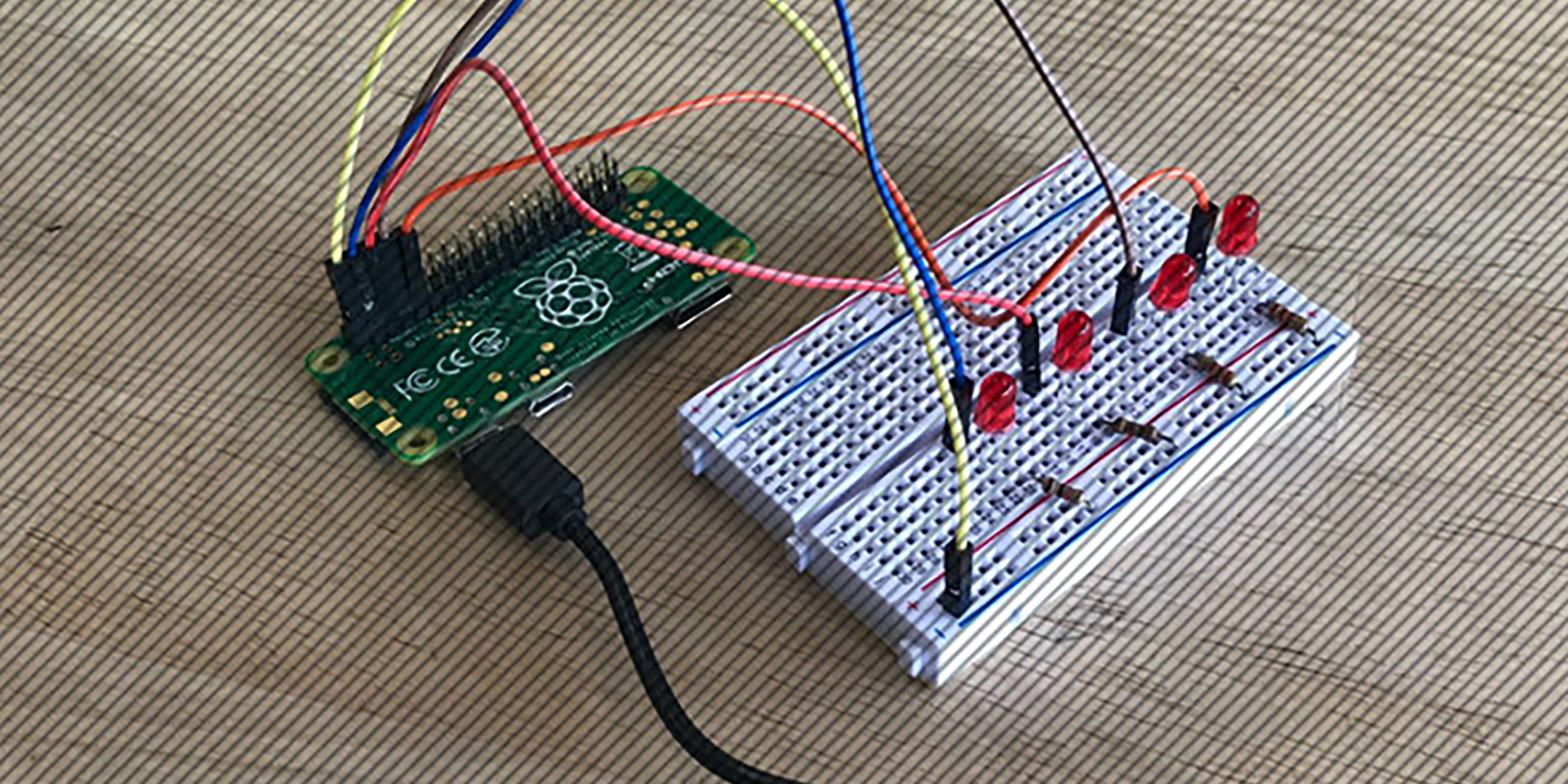
I/O size (minimum/optimal): 4096 bytes / 4096 bytes For example, this is the output I get when I run fdisk -l on my PC with the SD card in. Your SD card is approximately the same size as the card states. To know which device is your card make heavy use of fdisk -l which will provide a list of all devices. MOST IMPORTANT NOTE: If you accidently select a different device instead of your SD card bad poop will happen.We are going to insert a step afte the SD card is setup and before we boot our rp0w.I had to run most of the commands as root (sudo).It’s armv6.Ī few notes on using the installation instructions. Really, the only piece of information not provided by Arch Linux community is which ARM architecture you need for the rp0w. Create an SD Card by following the Arch Linux instructions Stasiana’s instructions script for setting up wpa_supplicantġ.However, I was lucky when I hit Arch–as there is a fine fellow who has already written a script to setup the WPA Supplicant needed for a headless build. This is known as a “headless setup.” I’ve created instructions on doing something similar in Kali. This allows accessing the OS through ssh immediately. The hardest part of setting up Arch Linux for the rp0w is getting the WiFi working on boot.

The interwebs will have more on the subject. For Mac and Windows users, it is possible to setup an SD card using Linux inside of a virtual machine.

Google Vision API using Raspberry Pi and Nodeĭisclaimer: The easiest way to setup an SD card with Arch Linux for the Raspberry Pi Zero W (rp0w) is using Linux–and the following guide will assume you have access to Linux somewhere. Porting DRV8830 I2C Motor Driver Code to NodeJSĮditing Raspberry Pi Code Remotely from Visual Studio Code

Setup NodeJS Project Space on Raspberry Pi Zero W Setup i2c on Raspberry Pi Zero W using Arch Linux


 0 kommentar(er)
0 kommentar(er)
